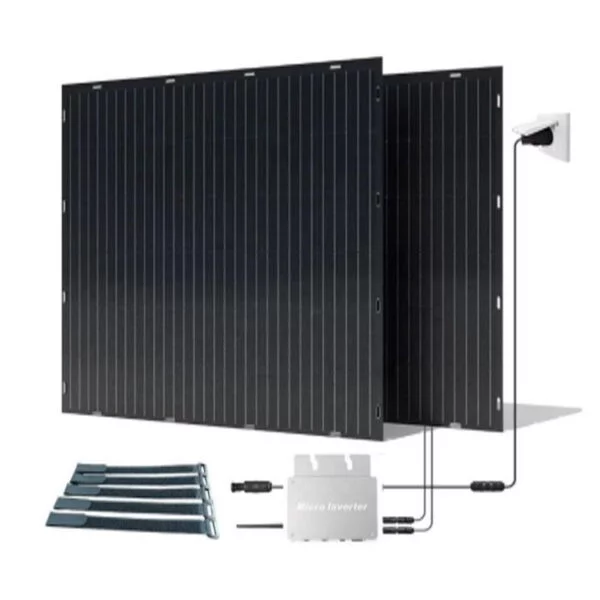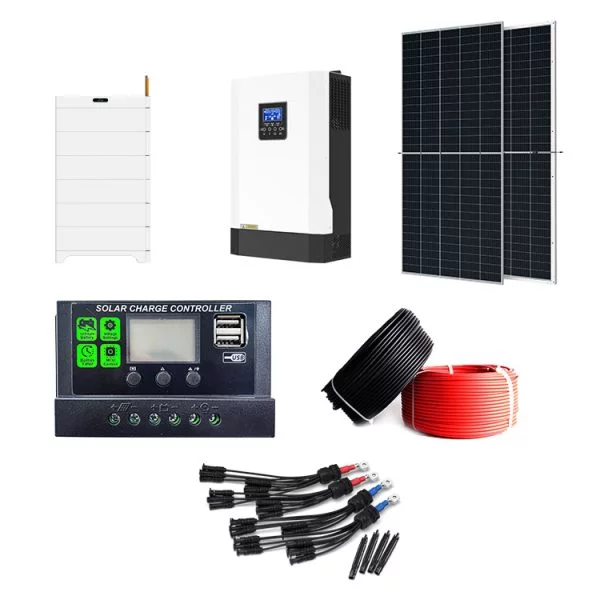HOT PRODUCT
Product Details
flexible Solar Panels For Campervans: The Impact On Energy Grids
Flexible Solar Panels For Campervans: The Impact On Energy Grids
As the world embraces a greener future, the demand for renewable energy sources continues to grow. One such source, solar power, has gained immense popularity due to its abundant availability, low environmental impact, and potential cost savings. In recent years, there has been a surge in the use of flexible solar panels, especially in the campervan industry. These innovative panels not only provide a convenient and efficient way to harness solar energy while on the move but also have a significant impact on energy grids.

Flexible solar panels are lightweight, thin, and can easily be integrated into the design of campervans, making them an attractive choice for eco-conscious travelers. Traditional solar panels are rigid and require the roof or exterior surface of a campervan to be permanently modified, which can be a hindrance to those who want to maintain the aesthetics and versatility of their vehicle. On the other hand, flexible panels can be installed easily on curved surfaces like roofs or side walls, conforming to the shape of the campervan without detracting from its overall appearance.

The impact of flexible solar panels on energy grids is two-fold. Firstly, by generating their own solar power, campervan owners can reduce their reliance on the traditional electricity grid. This means fewer carbon emissions and less strain on the energy infrastructure. As more campervan owners adopt flexible solar panels, we can expect a gradual reduction in electricity consumption from traditional sources, leading to a more sustainable and efficient energy grid.
Secondly, campervan owners equipped with flexible solar panels have the potential to become independent energy producers. When the campervan is not in use, excess solar power generated by the panels can be fed back into the grid, contributing to the overall energy supply. This concept, known as “vehicle-to-grid” or V2G technology, allows campervans to act as small-scale power stations, helping to meet the electricity demands of nearby households or commercial buildings. With an increasing number of campervans utilizing flexible solar panels, the collective impact on energy grids can be substantial.


Furthermore, the use of flexible solar panels in campervans aligns with the global trend of decentralizing energy generation. Instead of relying solely on large-scale power plants, the deployment of distributed energy generation systems like solar panels allows for a more resilient and efficient energy grid. By encouraging campervan owners to embrace solar power and invest in flexible panel technology, we can create a network of micro-generators that collectively contribute to the stability and sustainability of the energy grid.
However, it is important to acknowledge that the impact of flexible solar panels on energy grids is still relatively small at present. While the campervan industry continues to grow, the number of vehicles equipped with solar panels is a fraction of the overall vehicle population. To truly make a significant difference, widespread adoption of this technology is necessary. This can be achieved through awareness campaigns, incentives, and policy support from governments and regulatory bodies.
In conclusion, flexible solar panels have a profound impact on both campervan energy consumption and energy grids. They provide campervan owners with a convenient and eco-friendly way to generate their own power while reducing their dependence on the traditional electricity grid. Additionally, by harnessing excess solar power, campervans can contribute to the overall energy supply and facilitate the decentralization of energy generation. To fully unlock the potential of this technology, it is crucial to encourage widespread adoption and foster an environment conducive to renewable energy innovation.




